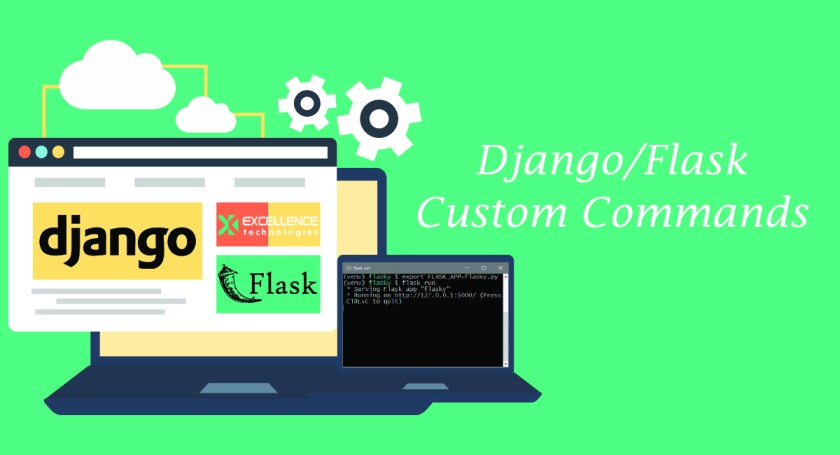Nowadays, we see a lot of serious security breaches in the software. Someone said that, If you develop software, security is a part of your job.
Here are some tips which you can use to improve the security of your node app:


Amazon Simple Email Service (SES) is a cloud-based email sending service which is made to send notifications and emails. SES is a reliable way to unload the burden of sending the emails in a conventional way.
SES is very reliable and cost effective for all size of business which uses email service to keep the contact with their customers. You pay only for what you use. So we can say that it’s a pay-per-use

In this blog, we will learn to upload, retrieve, and delete files on the AWS S3 server using the aws-sdk library. It provides limitless virtual storage of the files.
Buckets, objects, and folders in Amazon S3 can be managed by using the AWS Management Console.



Scrapy Settings:
If you’re looking to uniquely customize your scraper, then you’ll want to learn the tips and tricks of how to do this without a hassle. Using Scrapy settings, you can conveniently customize the crawling settings of your crawler. That’s not all, scrapy also allow you to customize other items like core mechanism, pipelines, and spiders. You’ll typically find a settings.py file in your project directory that allows you to easily customize your scraper’s settings.

Custom commands or what many have come to know as management commands or utility commands are one of the essential features that are provided by python frameworks. These commands are quite useful when performing tasks that requires a lot of different methods to complete the task.

Concurrency in Python is no doubt a complex topic and one that is hard to understand. More so, it also doesn’t help that there are multiple ways to produce concurrent programs. For a lot of people, they have to deal with lots of thoughts including asking questions like,
Should I spin up multiple threads?
Use multiple processes?
Use asynchronous programming?
Here is the thing, you should use async IO when you can and use threading when you must.


Till now we are seen basics of models, views, serializes everything. But the most important aspect of any project is the database operations.
In this blog post we will some db operations which were used a in a live project and get more in-depth knowledge of things.
In this part we will look how to customize admin interface
In this blog post we will see about groups/permissions.
In this part we will see about authentication for api
This is one the exciting features of DRF let’s see what it is.
In this blog post we will see more details on View Class and also router.
In this part we will see about “Views” with DRF
Let’s get started with django rest api framework as we saw in the last blog.
In this post we will mainly see about django model and database operations
In previous blog we saw just basics of django and should have understood basics of apps, routes, model at-least theoretically.
Recent Posts
Categories
- advanced
- angular
- angularjs
- back-end-amp-database
- beginner
- blockchain
- cloud-infra-and-dev-ops
- deep-learning
- devops
- directives
- django
- ec2
- ecommerce
- express
- flutter
- general
- graphql
- ionic-framework
- machine-learning
- magento
- mean-stack
- mobile-apps
- mongodb
- mongoose
- nlp
- nodejs
- phonegap
- python
- react
- react-native
- responsive
- responsive-design
- socket.io
- uncategorized
- vuejs
- web-application
